How to Cut Concrete Pavers the Right Way

By Judy Schumer
If you’re adding concrete pavers to your landscaping, the project will most likely require you to cut them. And if your project is small and needs just a few cuts, a hammer and chisel is the easiest way to do it. On the other hand, if you're equipped with a wet saw or a power saw with a masonry blade, you have all you need for as many pavers as you want to cut.
No matter how you decide to cut your concrete pavers, a crucial step is to wet the pavers you are cutting. Cutting dry concrete with a power tool creates a cloud of extremely harmful dust, one that is so dangerous to your health that cutting dry concrete is illegal in many places. Even if it isn’t illegal where you live, avoid ending up with lung-destroying concrete dust by wetting your pavers before cutting.
No matter the case, concrete pavers are a versatile material to use around your landscape. In this guide, we’ll walk you through some ways to use pavers around your home, and then we’ll teach you several different ways how to cut concrete pavers safely and efficiently.
Photo via Shutterstock
How to Use Pavers in a Landscape
Pavers add a unique and functional touch to any landscape design. They come in an abundance of colors and shapes, making the design you choose limited only by your imagination. If you need a spark to get your design idea started, consider these ways to use pavers in your landscape plan:
Pathways
Many houses have detached structures or areas set back from their home. Make a concrete paver pathway as a guide, leading you to your pergola, fire pit, or shed.
Fire Pits
Pavers are an excellent material for a fire pit. Because they’re easy to stack, you can create a tall fire pit with a ledge for your guests to warm their feet on chilly nights. Surround the fire pit with matching pavers for an outdoor area dedicated to cozy gatherings.
Pool Decks
Concrete pavers add texture and contrast to an in-ground pool when used as a deck. Traditional concrete decks consist of utilitarian slabs of concrete but fail to match the wow factor of pavers placed in an interesting design.
Garden Walls
To keep your mulch neat while adding a beautiful hardscape feature, use pavers to create a low wall around your garden. You can carry the design aesthetic throughout your yard by using the same color and type of pavers as walkways or patios.
Circular Patio
Pavers can be cut and laid to create any geometrical shape. Circles of concrete pavers create a stunning display that elevates a simple patio into a work of art.
Driveways
Concrete pavers make beautiful, durable driveways. With a similar look to a cobblestone street, a driveway constructed with concrete pavers can transport you back in time to when stones were thoughtfully laid, one at a time, to create travel pathways leading home.
How to Measure Concrete Pavers for Your Space
Once you’ve decided to use pavers for your project, you’ll need to get an accurate measurement of the area so you know how many concrete pavers to buy.
The first thing you’ll need to do is figure out where and how big your project will be. Draw a preliminary sketch as a map for measuring to save yourself some time. Once you have a design in mind, it’s time to measure.
First, using wooden garden stakes and heavy twine, lay out the space you want. Place the stakes in the ground at 4-foot intervals. Wrap the twine around each stake to connect all the stakes, forming an outline for your project. The stakes will not only help you measure, but they also form an outline for you to use when digging to get ready to lay your concrete pavers.
Use a contractor’s measuring tape, which is usually long enough to accurately measure space without splitting the measurements. Measure from one side of the layout to the other, noting the measurement. Repeat for each side.
Once you have your outline, it’s time to determine how many pavers you need. The most accurate way to do this is to use a paver calculator that uses your measurements along with the paver sizes to determine an estimate of how many pavers you'll need to buy.
How to Cut Concrete Pavers with a Hammer and Chisel
Cutting concrete pavers with a hammer and chisel works well when you only have a few pavers to cut. You won’t need expensive equipment, and you’ll be safe from concrete dust clouds.
Tools and Materials Needed:
- Leather work gloves
- Safety goggles
- Dust mask
- Measuring tape
- Carpenter’s square
- Carpenter’s pencil
- Cold chisel
- Hammer
- Concrete pavers
Step 1: Dress Appropriately
Any time you’re cutting concrete, you run the risk of a projectile hitting you as an errant chip soars away from the cut. Protect yourself by wearing long pants, long sleeves, and safety goggles. Wear a dust mask to avoid breathing in any concrete dust, and wear leather work gloves to protect your hands from cuts and scrapes.
Step 2: Measure and Mark
Measure the area you’ll be placing the paver in. Use those measurements and mark the front, back, and both sides of the paver with the pencil where you’ll need to make the cut. Use the carpenter's square for an even marking.
Step 3: Score the Paver
Place the sharp edge of the cold chisel on the line you drew in the paver. Gently tap the end of the chisel with a hammer, moving along the line to create a shallow groove (about 1/8-inch deep) along the entire pencil marking. Do not hit the chisel too hard; the goal is to create a score line, not to cut the paver just yet.
Step 4: Break the Paver
Place the concrete paver on a hard, flat surface. Place the sharp end of the chisel into the center of the groove you just made. Hit the other end of the chisel firmly with the hammer until the paver breaks along the scored line.
Photo via Shutterstock
How to Cut Concrete Pavers with a Masonry Saw
If you have a lot of pavers to cut, using a masonry saw (which you can rent from your local home center) is your best option. The cuts are clean, fast, and you eliminate dust by either spraying the paver as the saw cuts or vacuuming the dust as the cut is made. A masonry saw is simple to operate, and any reputable rental establishment will teach you how.
Tools and Materials Needed:
- Leather work gloves
- Safety goggles
- Dust mask
- Measuring tape
- Carpenter’s square
- Carpenter’s pencil
- Masonry wet saw
- Concrete pavers
Step 1: Dress Appropriately
Wear long sleeves, long pants, safety goggles, and a dust mask to protect yourself from chips or chunks that may inadvertently fly away from the blade. Always wear heavy work gloves when operating power equipment.
Step 2: Measure and Mark
Measure the area you’ll be placing the paver on. Then, use those measurements to mark the front, back, and sides of the paver with the pencil where you’ll need to make the cut. Use the carpenter's square for an even marking and straight edge.
Step 3: Line Up the Paver
Place the paver on the saw sled. Line up the saw blade with the markings you made on the paver; this will be your cut line. Slide the saw sled as far back as it goes. Make sure the paver is firmly against the back of the sled.
Step 4: Turn on the Saw
Plug in the saw and turn it on. You should see water flowing onto the blade to keep the blade wet as it cuts the paver.
Step 5: Cut the Paver
While keeping your hands away from the moving blade, hold the paver firmly against the saw sled. Move the sled slowly towards the moving saw blade until the blade cuts the paver. Slide the sled back and turn off the saw once the paver is cut through the marked lines. Remove the paver. Repeat the process for as many cut concrete pavers as you need.
How to Cut Concrete Pavers with a Circular Saw
If you have a lot of pavers to cut but don’t have access to a masonry saw, a circular saw is your next best option. Here, you absolutely must invest in the correct blade, or you run the risk of destroying your circular saw. A diamond masonry blade works on concrete pavers and can be found at home improvement and hardware stores.
Tools and Materials Needed:
- Leather work gloves
- Safety goggles
- Dust mask
- Measuring tape
- Carpenter’s square
- Carpenter’s pencil
- Circular saw
- Diamond masonry blade for the circular saw (labeled for concrete)
- Rubber mallet
- Concrete pavers
Step 1: Dress Appropriately
Wear long sleeves, long sleeves, long sturdy pants, safety goggles, and a dust mask to protect yourself from chips or chunks that may inadvertently fly away from the blade. Heavy work gloves should complete your safety gear.
Step 2: Measure and Mark
Measure the area where you’ll be placing the paver, and using those measurements, use the pencil and carpenter’s square to mark the front, back, and both sides of the paver.
Step 3: Prepare the Saw
Following the saw's instruction manual, place the diamond masonry blade on the saw. Set the saw blade for a 1/2-inch-deep cut.
Step 4: Score the Paver
Place the paver on a hard, flat surface. Saw the measured pencil line you created on both sides of the paver. The saw will not go all the way through the paver—it’ll just score it.
Step 5: Break the Paver
Place the concrete paver on a hard, flat surface like a step or curb with the scored section hanging over the edge of the step. With one hand, hold the end of the paver that is resting on the step. Tap the other end firmly with the rubber mallet until the paver breaks along the score line.
Have you used pavers in your landscaping plan? How did you use them? Let us know in the comments; we love to hear from you!



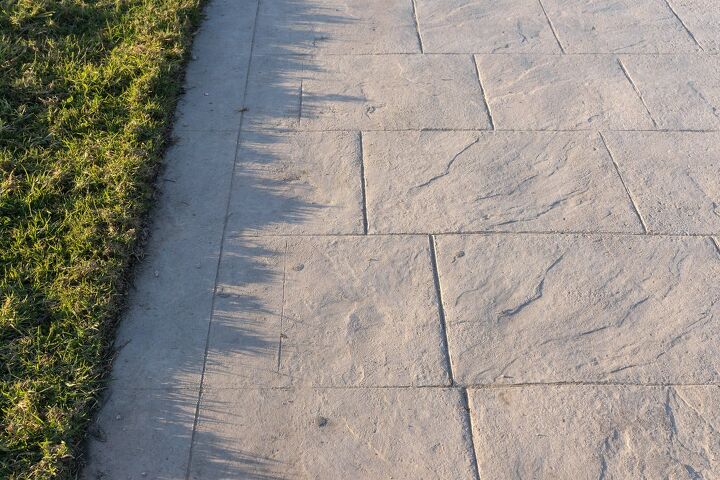


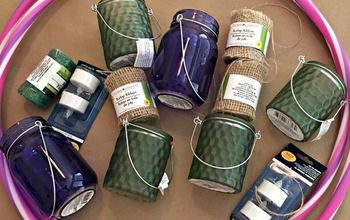

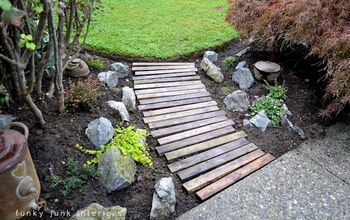
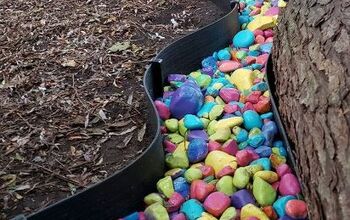
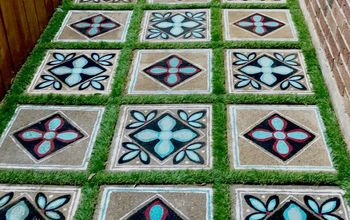
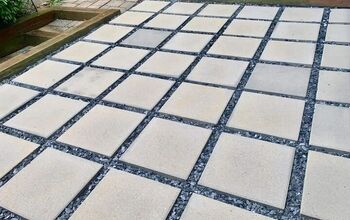


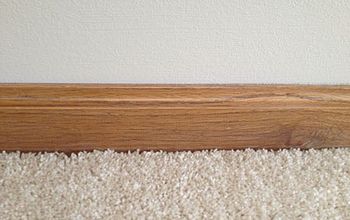


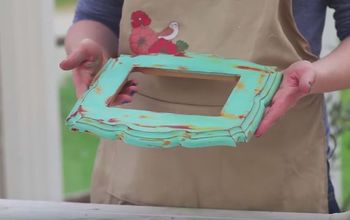


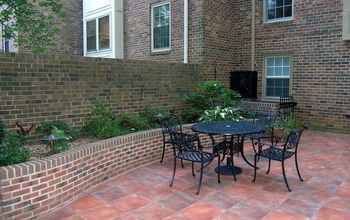




Frequently asked questions
Have a question about this project?